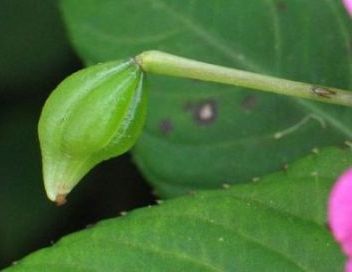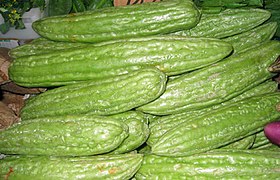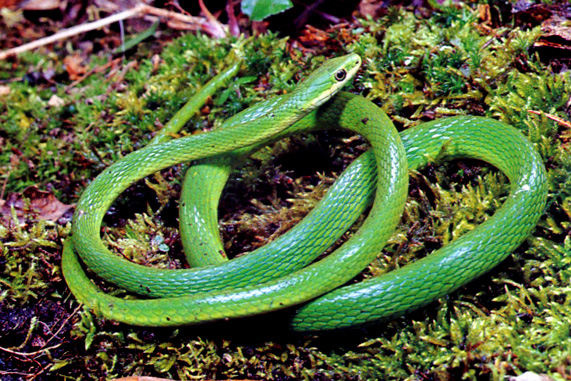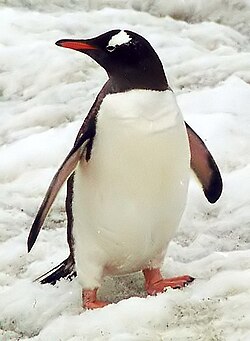Bacteria exist in different shapes, sizes and colours.
bacteria
Most protozoa are found in ponds, lakes and rivers. Some of them eat other microorganism as food.protozoa
Fungi can be found on mouldy bread, rotten food, trees and forest floors.
Virus is the tiniest microorganism. It can be found living in some bacteria, fungi, protozoa, animals, plants and humans.
virus













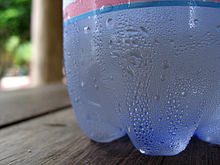










_in_Hyderabad,_AP_W_IMG_9141.jpg/220px-Mimosa_hamanta_(Gulabi_babhul)_in_Hyderabad,_AP_W_IMG_9141.jpg)
